The Nauglamír, an exquisite necklace from Tolkien's legendarium, holds a significant place in the First Age. Crafted by the Dwarves of Nogrod, this legendary jewel was famous not only for its beauty but also for its association with the Silmarils, the three precious gems that contained the light of the Two Trees. The story of the Nauglamír intertwines with the fate of the Elves and Dwarves, particularly in the realm of Doriath, leading to tragic and impactful consequences.
This necklace, adorned with an array of precious jewels, became a focal point of greed and desire, ultimately resulting in conflict. The Dwarves sought to possess the Nauglamír and the Silmaril set within it, which brought about strife with the Elves. The events surrounding the Nauglamír encapsulate the themes of beauty, greed, and the relationships between different races in Tolkien's world.
As readers explore the tale of the Nauglamír, they will uncover not only its history but also the moral lessons embedded within its narrative. The necklace serves as a symbol of both artistic achievement and the perils of avarice, making it a captivating topic for any fan of Middle-earth.
Historical Context of the Nauglamír
The Nauglamír is a significant artifact within the lore of Middle-earth, with a rich history tied to its creation, its importance in the Kingdom of Doriath, and its connection to pivotal characters like Beren and Lúthien. Understanding these aspects reveals the cultural and narrative depth surrounding this legendary piece of jewelry.
Creation and Craftsmanship
The Nauglamír, often referred to as the Necklace of the Dwarves, was crafted by the Dwarves of Nogrod during the First Age. It was made with extraordinary skill, incorporating jewels that gleamed brilliantly, creating a dazzling display.
Materials: The necklace featured various precious stones, including a Silmaril, which enhanced its beauty and significance.
The Dwarves, known for their craftsmanship, channeled their artistry into this piece, making it a treasure that symbolized both their skill and their greed. The creation of the Nauglamír marked a pivotal moment in Dwarven art, leaving a lasting legacy in Elven and Dwarven history.
Significance in Doriath
In Doriath, the Nauglamír held immense importance as it was given to Thingol, the Elven king. He resided in Menegroth, the great hall famously adorned with treasure.
Possession of the Nauglamír signified both wealth and power. The necklace was not just a luxury item; it represented the alliance and tensions between Elves and Dwarves.
Themes: It highlighted themes of envy and tragedy, which were central to the dramatic events in Doriath, especially concerning the Silmarils. The necklace ultimately attracted greed, leading to conflict and sorrow for the kingdom.
Beren and Lúthien's Role
The tale of Beren and Lúthien intertwines with the history of the Nauglamír, profoundly impacting its legacy. Lúthien, daughter of Thingol, played a crucial role when Beren sought her hand in marriage.
To win her father's approval, Beren agreed to retrieve a Silmaril from Morgoth’s crown. This act of bravery connected him to the Nauglamír, as the necklace contained one of the Silmarils.
The story emphasizes love overcoming great obstacles, as Beren’s quest to secure the Silmaril was not only for his own desires but added depth to the narrative surrounding the Nauglamír, intertwining fate, loyalty, and sacrifice within Elven lore.
The Role of the Nauglamír in Conflicts
The Nauglamír, a stunning necklace crafted by the Dwarves, plays a significant role in multiple conflicts within Tolkien's legendarium. Its allure and the treasures it embodies create tensions, leading to tragic events that ripple through the histories of the Elves and Dwarves.
The Dwarves' Greed
The creation of the Nauglamír by the Dwarves of Nogrod reflects their unparalleled skill but also their insatiable greed. When Fëanor, driven by ambition, seeks to interact with the Dwarves for his own ends, an exchange for the Silmarils ensues.
The Dwarves demand exorbitant compensation, enriched by jealousy and desire for the Silmarils. Their greed ignites a chain of events, causing distrust between the Elves and the Dwarves. This dynamic sets the stage for further conflicts centered around the necklace, proving it to be a catalyst for discord.
Second Kinslaying in Doriath
The events in Doriath mark the Second Kinslaying, ignited by the desire for the Nauglamír. When the Dwarves arrive to negotiate, tensions escalate. The Dwarves, feeling cheated, resort to violence, which leads to the murder of Elu Thingol, the King of Doriath, as he attempts to reclaim the necklace.
This betrayal stirs the hearts of the Elves. The consequences of this act ripple through the Eldar, inciting vengeance from Thingol's kin. The Kinslaying serves as a turning point, showcasing the catastrophic results of avarice fueled by the Nauglamír.
The Third Kinslaying and Its Consequences
The Third Kinslaying revolves around the aftermath of the previous conflicts. After fleeing Doriath, the sons of Fëanor seek the Nauglamír for their own advantage. They cross paths with the Dwarves of Nogrod, leading to another violent clash fueled by misunderstandings and mistrust.
Elwing, associated with the Silmarils, becomes an emblem of conflict as the accounts of murder and treachery converge. The events spiral into chaos, leaving destruction in their wake. The tragic irony of the Nauglamír serves as a stark reminder of how a coveted treasure can lead to catastrophic consequences, forever altering the relationships among those who covet it.
The Nauglamír's Journey
The Nauglamír, a legendary necklace, has a rich and complex history intertwined with significant figures and locations in Tolkien’s mythology. Its journey from the depths of Nargothrond to the shores of Valinor encapsulates themes of ambition, loss, and the interplay of light and darkness.
From Dior to Elwing
Initially crafted in Nargothrond, the Nauglamír was entrusted to Dior, the heir of Lúthien and Beren. Its intricate design housed a Silmaril, a radiant gem, signifying both beauty and peril. Dior’s reign was marked by challenges, primarily from the forces that coveted the Silmaril.
Following the tragic fate of Dior and his kin, the Nauglamír passed to Elwing, his wife, who sought refuge in the Havens of Sirion. Elwing’s determination to uphold her family's legacy drove her to protect the necklace, which now symbolized hope amidst despair. The Nauglamír’s journey became synonymous with Elwing's own struggle and resilience, linking her deeply to the land and her lineage.
Eärendil and the Voyage to the West
Elwing’s choice to marry Eärendil, a mariner of great renown, marked a pivotal shift for the Nauglamír. Eärendil embarked on a quest to seek aid from the Valar, carrying the precious Silmaril with him. The couple's shared fate intertwined with the fate of Middle-earth, as the Nauglamír became a beacon of hope for their people.
Eärendil's voyage led him to the Undying Lands, where he presented the Silmaril to the Valar. This act was crucial in garnering support against the rising darkness. The necklace, representing the light of the Silmaril, was thus entwined with Eärendil's legacy, ensuring that its brilliance would forever illuminate the battle against evil.
Cultural and Literary Significance
The Nauglamír, with its intricate design and rich history, serves as a vital artifact within Tolkien's legendarium. Its connections to themes of beauty, desire, and tragedy resonate throughout the narratives, influencing both characters and plots. The deeper meanings found within the Nauglamír reflect the complexities of Elven culture and the consequences of greed.
Symbolism in Tolkien's Legendarium
In Tolkien's works, the Nauglamír symbolizes Grace and Beauty, epitomizing the artistry of the Dwarves and the Elves. This magnificent carcanet, adorned with the Silmarils, embodies the desire for a lost beauty that leads to the Doom of the Noldor. Its creation and subsequent history are entwined with themes of jealousy and revenge, particularly with Fëanor and his Silmarils.
The Nauglamír illustrates how beauty can become a source of sorrow. The allure of the Silmarils brings conflict, showcasing the tragic consequences of ambition. Characters surrounding the Nauglamír, such as the Dwarves of Nogrod and the Elves of Thingol, further emphasize this duality of beauty and despair. It serves as a reminder of the fragility of such treasures in a world marked by greed and rivalry.
Influences on Modern Fantasy
The significance of the Nauglamír has extended beyond Tolkien's own narratives, influencing modern fantasy literature. Many contemporary fantasy authors draw inspiration from the intricate relationships between artifacts and the characters who seek them. The themes of beauty intertwined with tragedy echo through works like The Hobbit and The Fellowship of the Ring, where pursuit of precious objects leads to unforeseen outcomes.
The Nauglamír enriches the understanding of the quest narrative, guiding characters towards their destinies. This influences a plethora of fantasy worlds, as writers incorporate similar motifs of enchanted artifacts and the perils associated with them. The interaction between Elves, Dwarves, and the material world continues to inspire modern tales, highlighting the timeless nature of Tolkien's themes.
Linguistic Aspects
The Nauglamír features numerous linguistic elements indicative of J.R.R. Tolkien's intricate language designs. Understanding the name's etymology and pronunciation reflects its significance within Tolkien's legendarium and the languages he created, such as Sindarin and Qenya.
Etymology of the Name
The name Nauglamír derives from the Sindarin language, where "Naugl" references "dwarf" and "amir" means "necklace." Thus, the term translates to "Dwarven necklace," underscoring its creation by the Dwarves and its role as a valued artifact.
Another related term is Nauglavir, which is an alternative form, possibly linked to variations in pronunciation or dialect among Elves and Dwarves in Tolkien's works. This etymological background enriches the context of the Nauglamír within the larger narrative of the Silmarillion, illustrating the complexity of relationships and cultural exchanges between races.
Translations and Pronunciation
In terms of pronunciation, Nauglamír can be divided into syllables: Nau-glamír. The first syllable is pronounced like "now," while "glamír" features a softer "a," reminiscent of "gla-mere."
The Sindarin language, rich in phonetic aesthetics, contributes to the name’s lyrical quality. Variations in interpretation can emerge across different linguistic adaptations, such as in Qenya. The pronunciation and translation of the Nauglamír not only highlight its Dwarven origins but also illustrate Tolkien's meticulous attention to language, making it resonate with mythological depth.
Comparative Analysis
The significance of the Nauglamír in Tolkien's legendarium is profound, serving as a focal point in the tales of Middle-Earth. Its relationship with other notable artifacts, especially the Silmarils, highlights key themes such as beauty, greed, and tragedy.
Nauglamír and the Silmarils
The Nauglamír, a stunning carcanet, becomes intertwined with the fate of the Silmarils, the coveted jewels crafted from the light of the Two Trees of Valinor. When the Dwarves of Nogrod set the Silmaril within the Nauglamír, it elevated the necklace’s beauty, but also sparked conflict. This union symbolizes the blending of craftsmanship and allure, embodying the yearning and envy that these artifacts inspire.
The Silmarils, each containing a fragment of the light of the Two Trees, represent the pinnacle of beauty and purity in Tolkien's universe. They are not merely jewels; they are manifestations of divine essence. The juxtaposition of the Silmarils and the Nauglamír illustrates the perilous nature of desire, where beauty leads to destruction and sorrow.
Other Prominent Jewelry in Tolkien's Works
Tolkien's world features other significant pieces of jewelry that also carry deep meanings, such as the Girdle of Melian. This protective barrier demonstrates the distinction between the sacred and the mundane. Many Elven artifacts, like the circlet worn by Galadriel, are imbued with power and significance.
The connection between these items and the Nauglamír is essential for understanding the dynamics of power and desire in Middle-Earth. Each piece serves as a reminder of the heritage and the folly prevalent among the races of Tolkien’s world. For instance, while the Nauglamír leads to tragedy, artifacts like the Ring of Barahir symbolize loyalty and sacrifice.
Through these comparisons, it becomes clear that the allure of jewelry in Tolkien’s narrative serves both as a source of conflict and a reflection of deeper truths within the story's grand tapestry.
Frequently Asked Questions
The Nauglamír, known as the Necklace of the Dwarves, holds a significant place in Tolkien's legendarium. Its creation, significance, and the tragic events surrounding it intertwine with key characters and lore in this rich universe.
What is the significance of the Nauglamír in Tolkien's legendarium?
The Nauglamír is a symbol of beauty and tragedy within Tolkien's works. It represents the intersection of Elven and Dwarven craftsmanship, embodying both the splendor and the greed that characterizes several key events in the story.
How is the Nauglamír connected to the story of Beren and Lúthien?
Beren and Lúthien's narrative is enriched by the Nauglamír through their quest to retrieve a Silmaril. This quest leads to significant developments in their relationship and highlights themes of love, sacrifice, and destiny.
What role do the Silmarils play in the history of the Nauglamír?
The Silmarils are central to the Nauglamír's tale. Initially, the Nauglamír was adorned with a Silmaril, which draws the attention of various characters, ultimately leading to tragic consequences due to the desire they evoke.
Who created the Nauglamír and what was its original purpose?
The Nauglamír was crafted by the Dwarves of Nogrod. Its intended purpose was to be a beautiful piece of jewelry, showcasing the skills of Dwarven smiths and reflecting their artistry in creating exquisite and valuable items.
How did the Nauglamír come into the possession of the Elven king Thingol?
Thingol acquired the Nauglamír after it was brought to him as a reward for the Dwarves' labor. The Dwarves sought to claim it in exchange for their work on the treasure, leading to a strong connection between Thingol and this unique item.
What events led to the sacking of Doriath in relation to the Nauglamír?
The sacking of Doriath was precipitated by the Dwarves' dissatisfaction over the Nauglamír and Thingol’s refusal to return it to them. The quest for the necklace triggered violence, resulting in significant turmoil and the eventual downfall of Doriath.


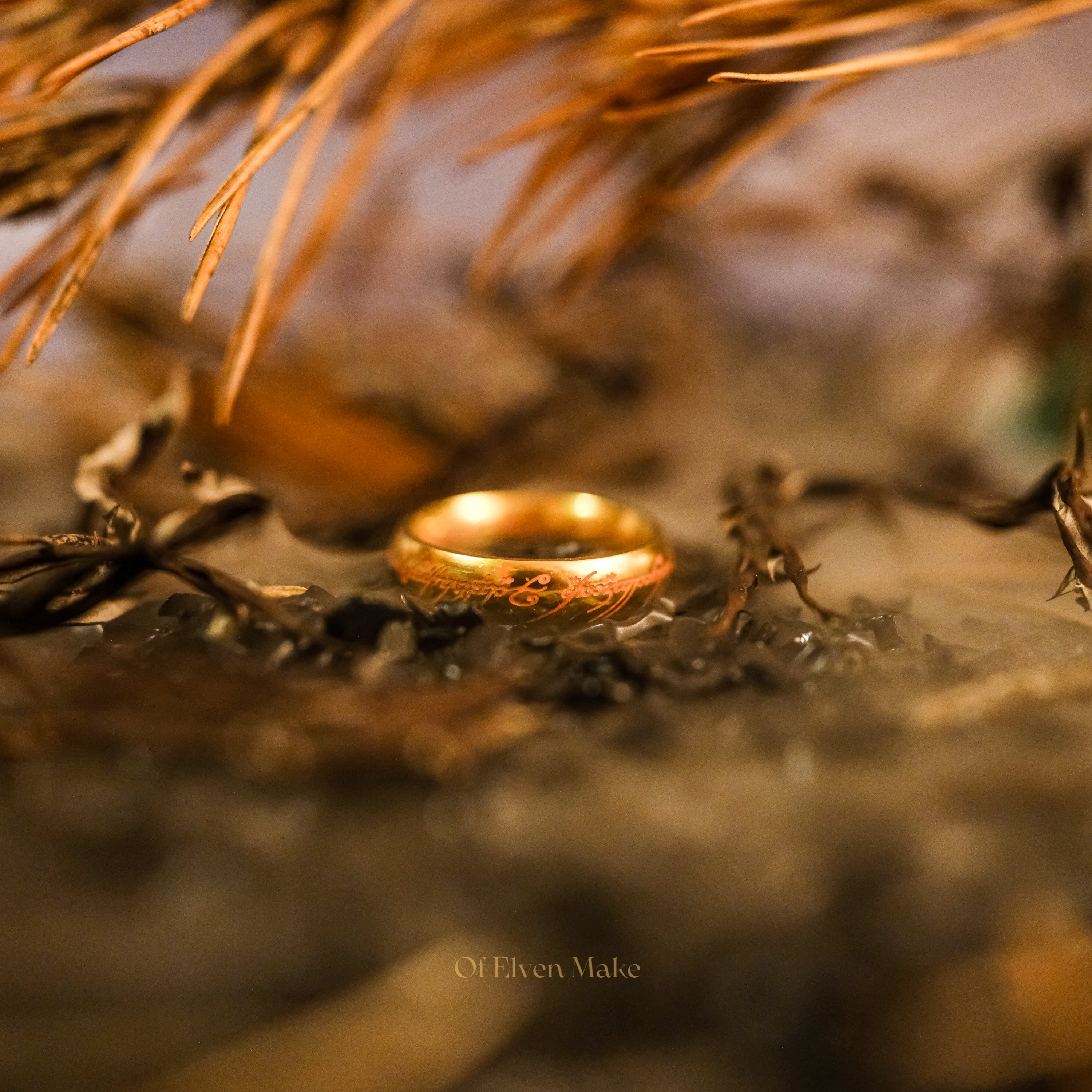
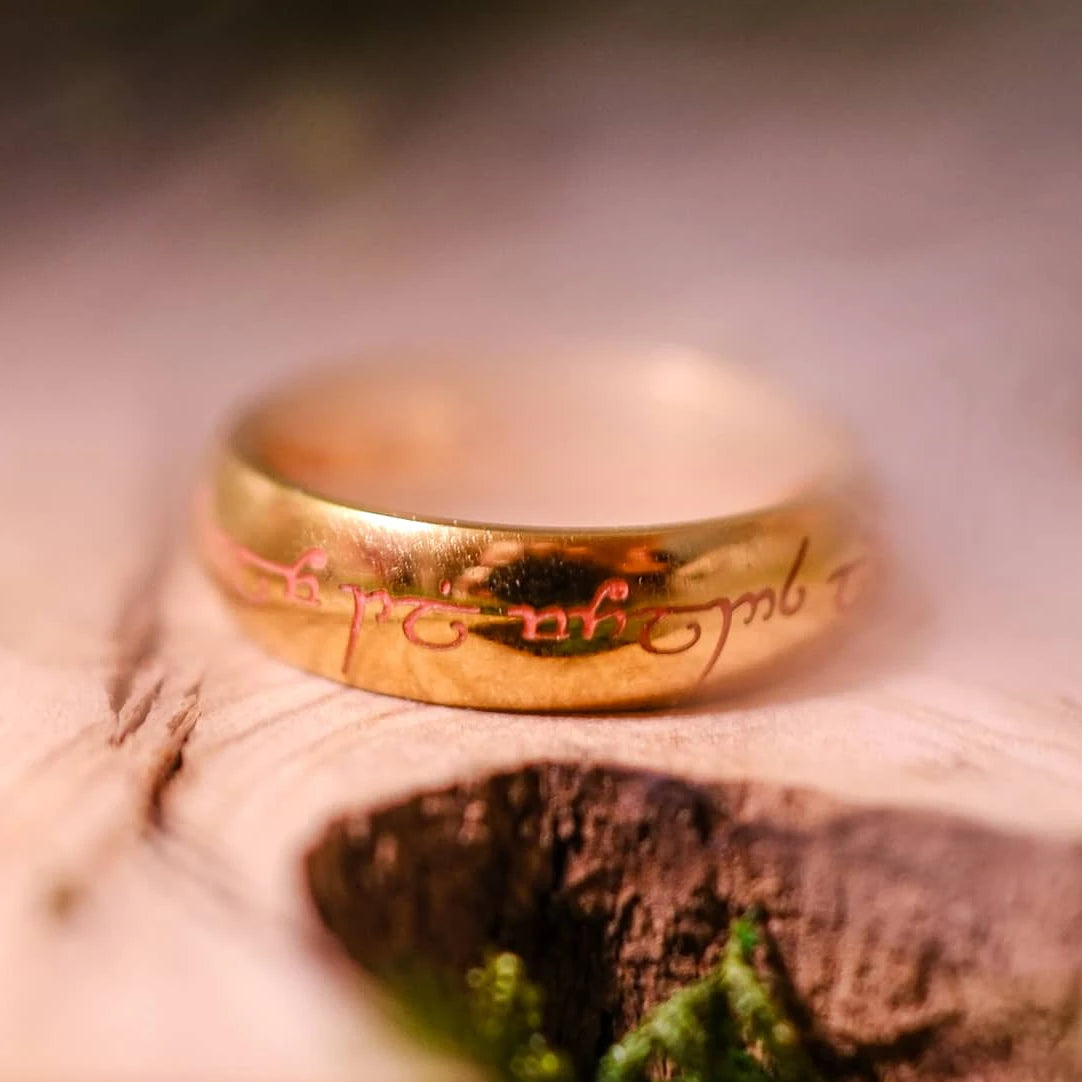
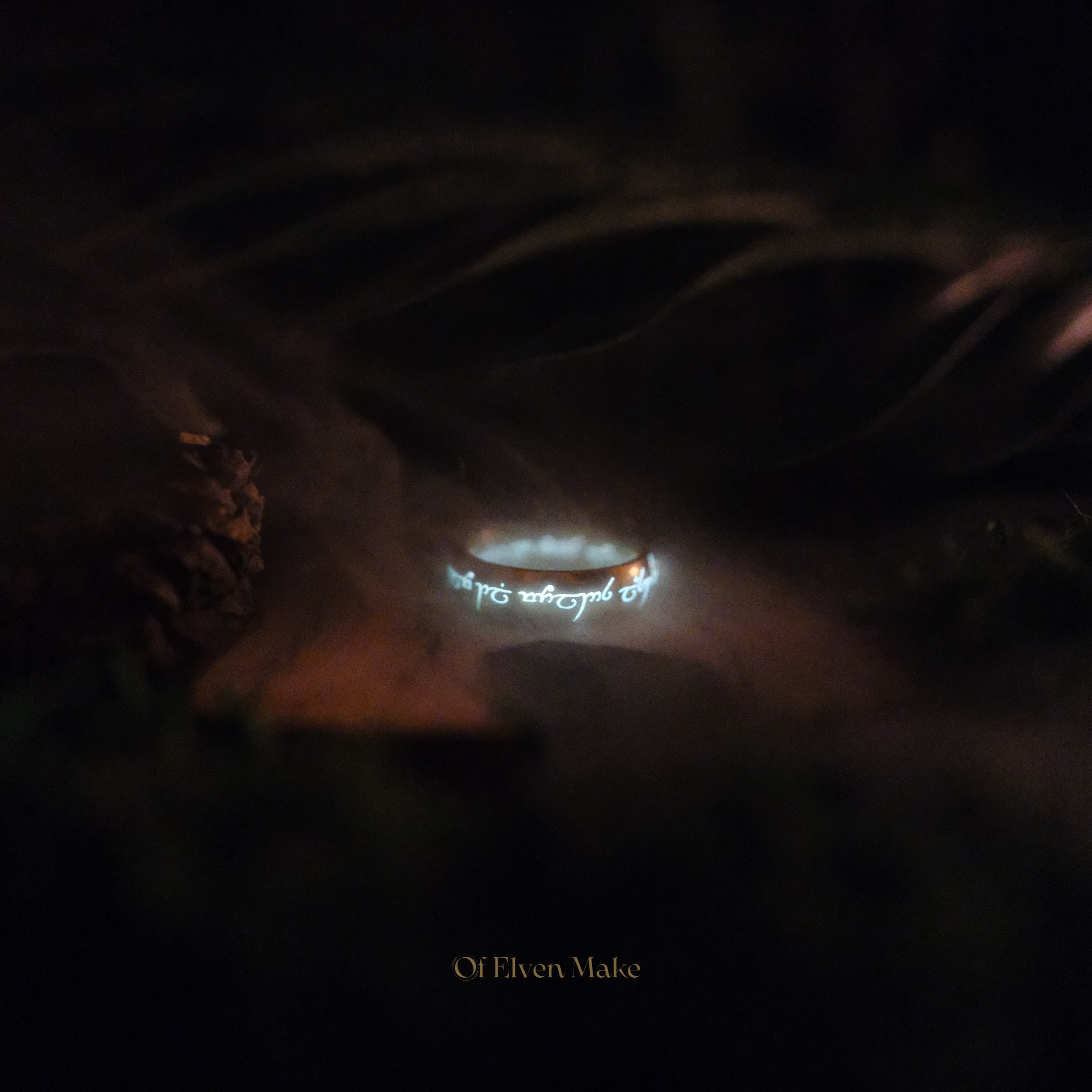
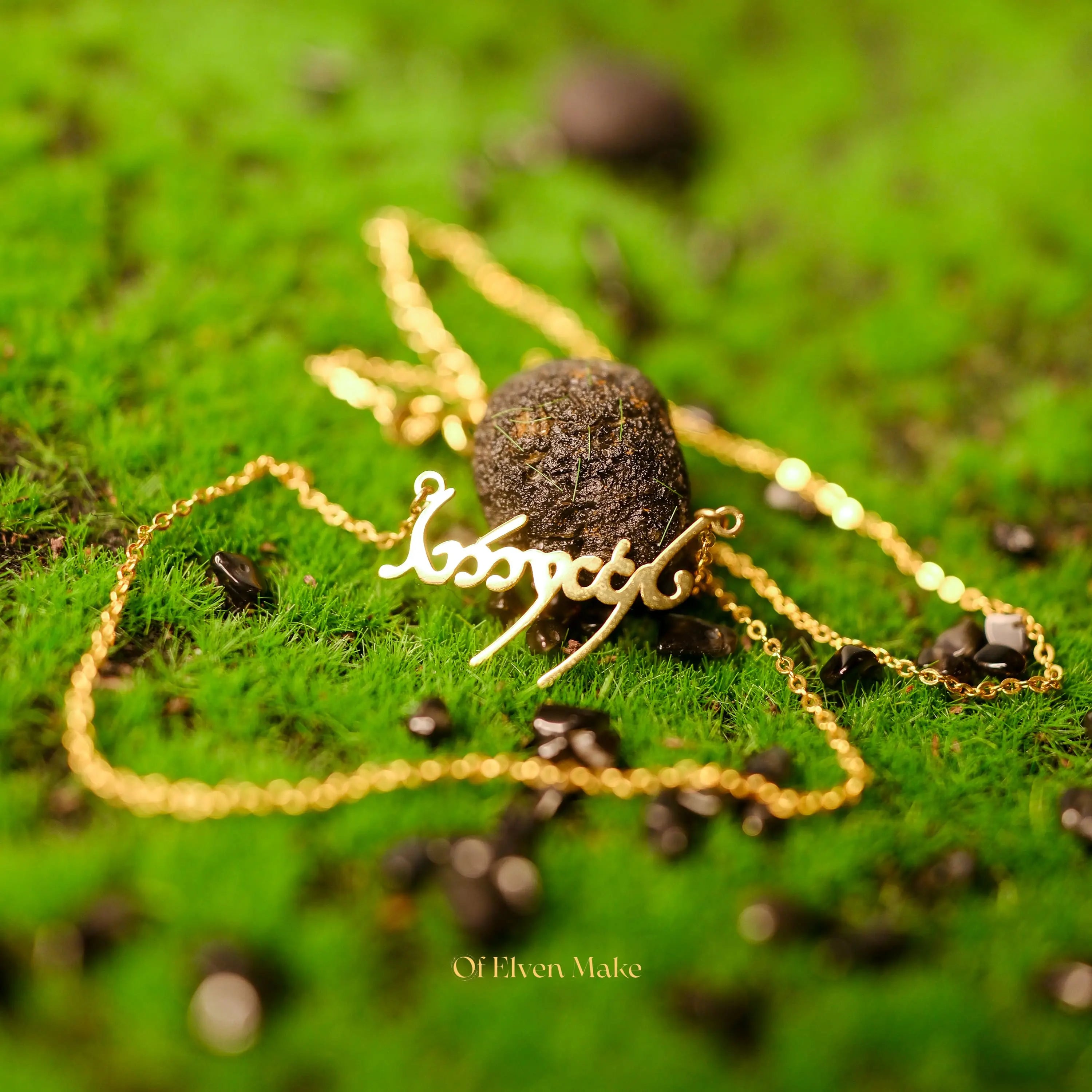
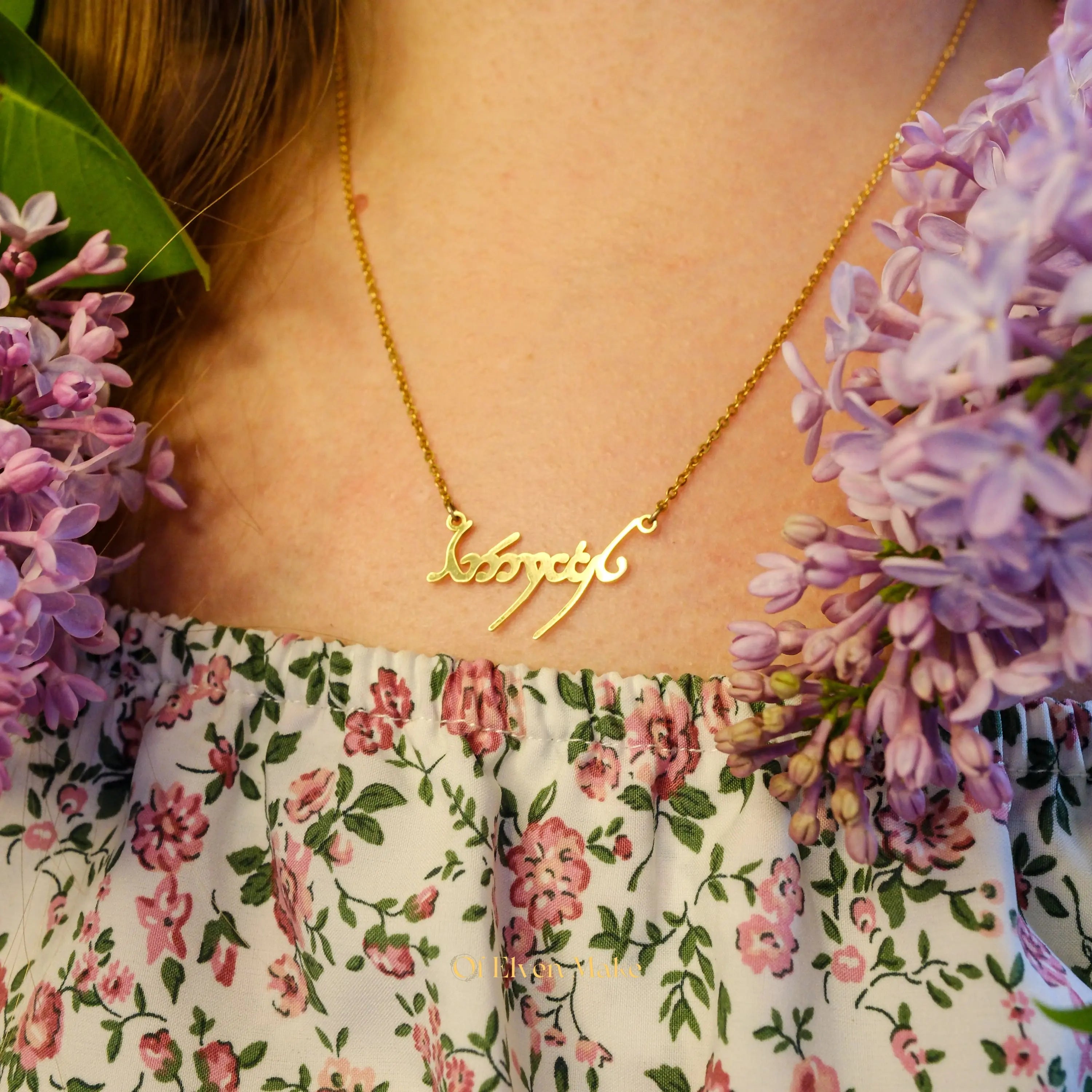

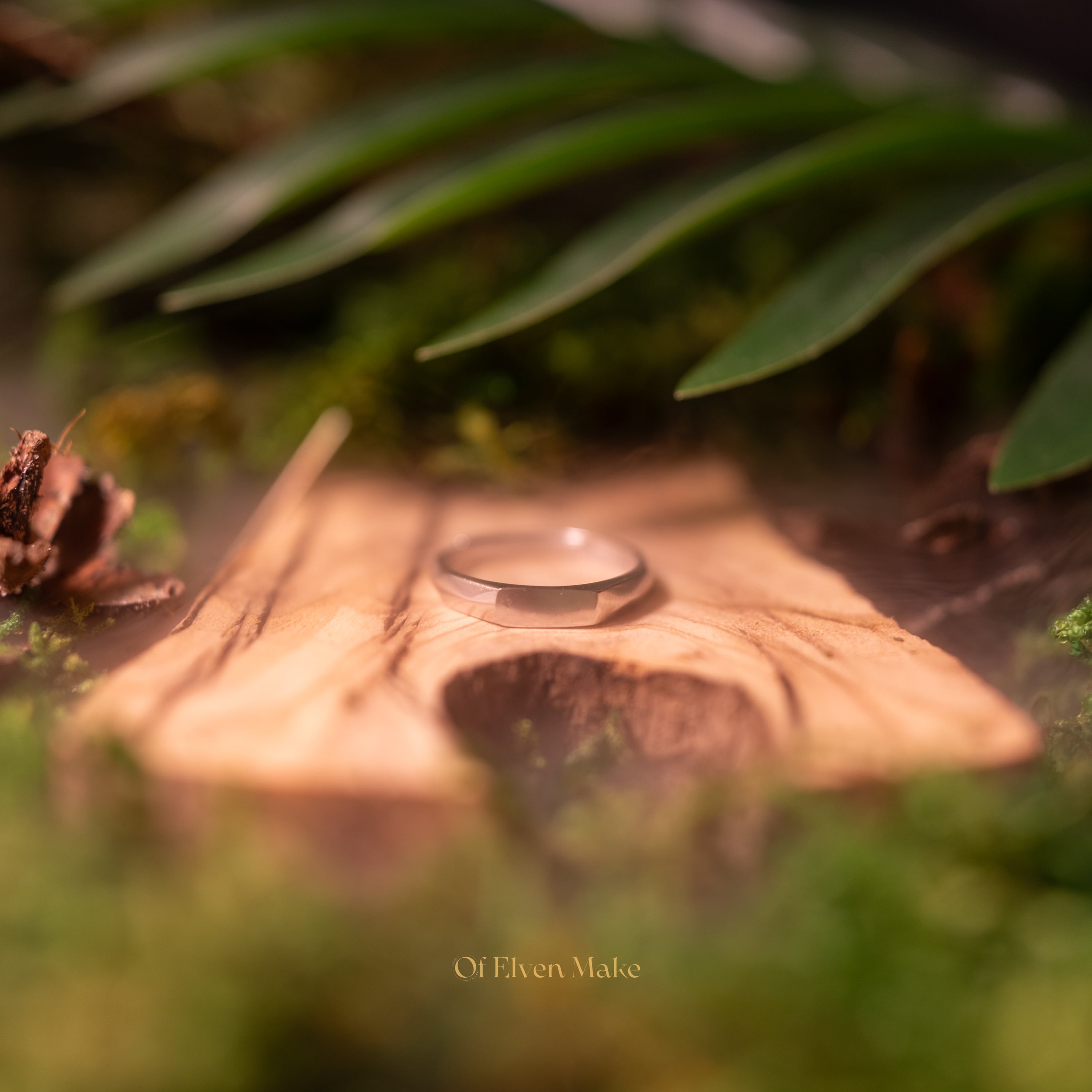
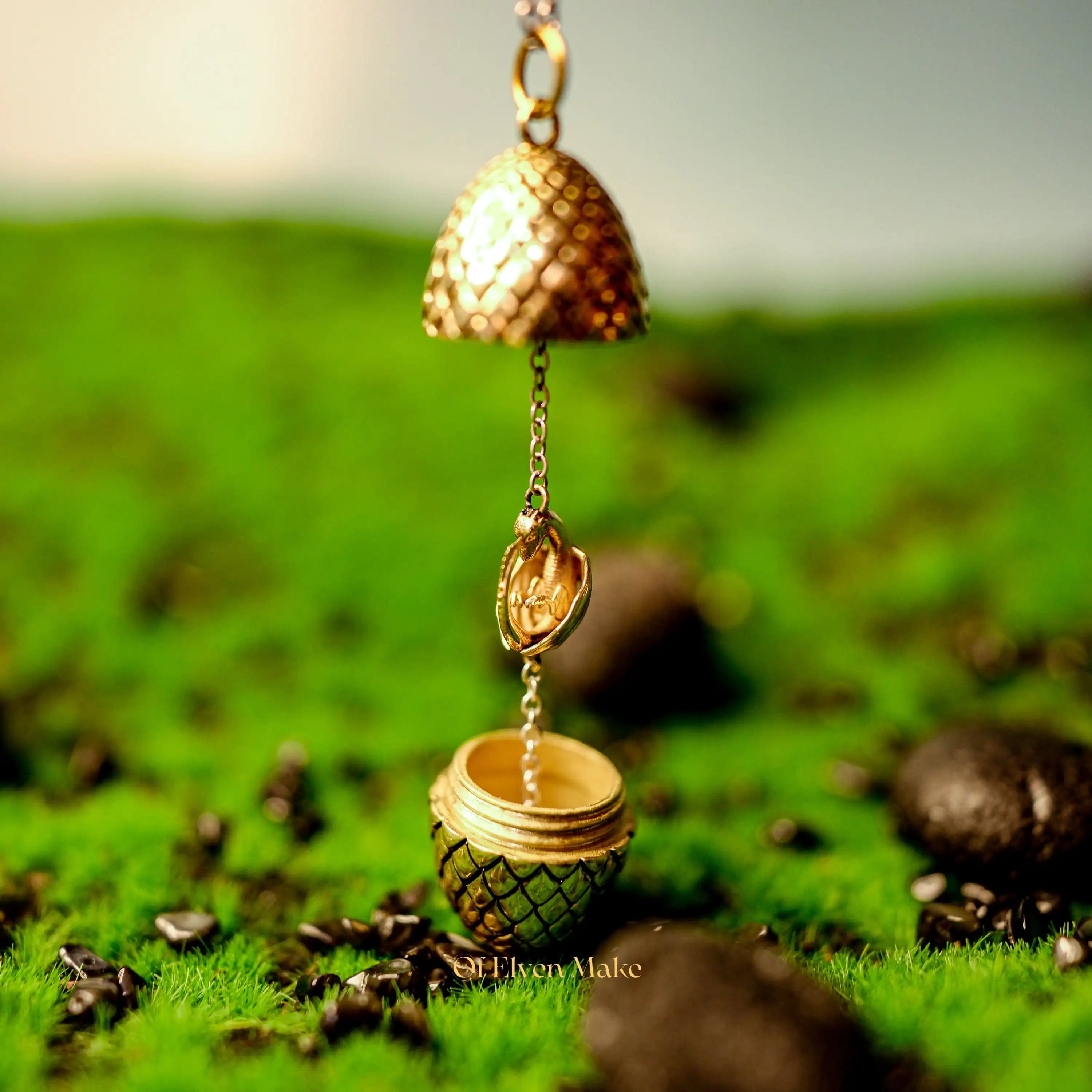
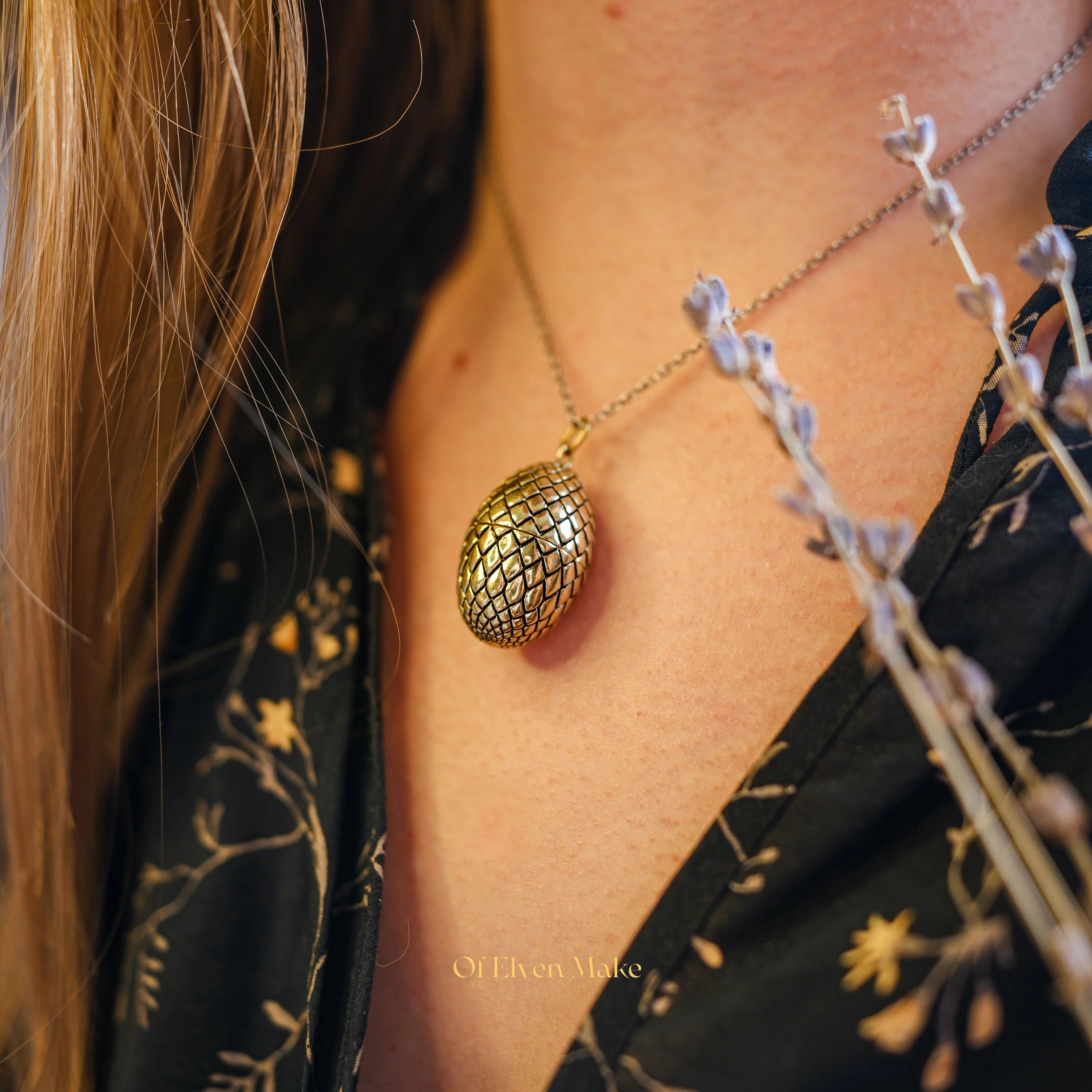
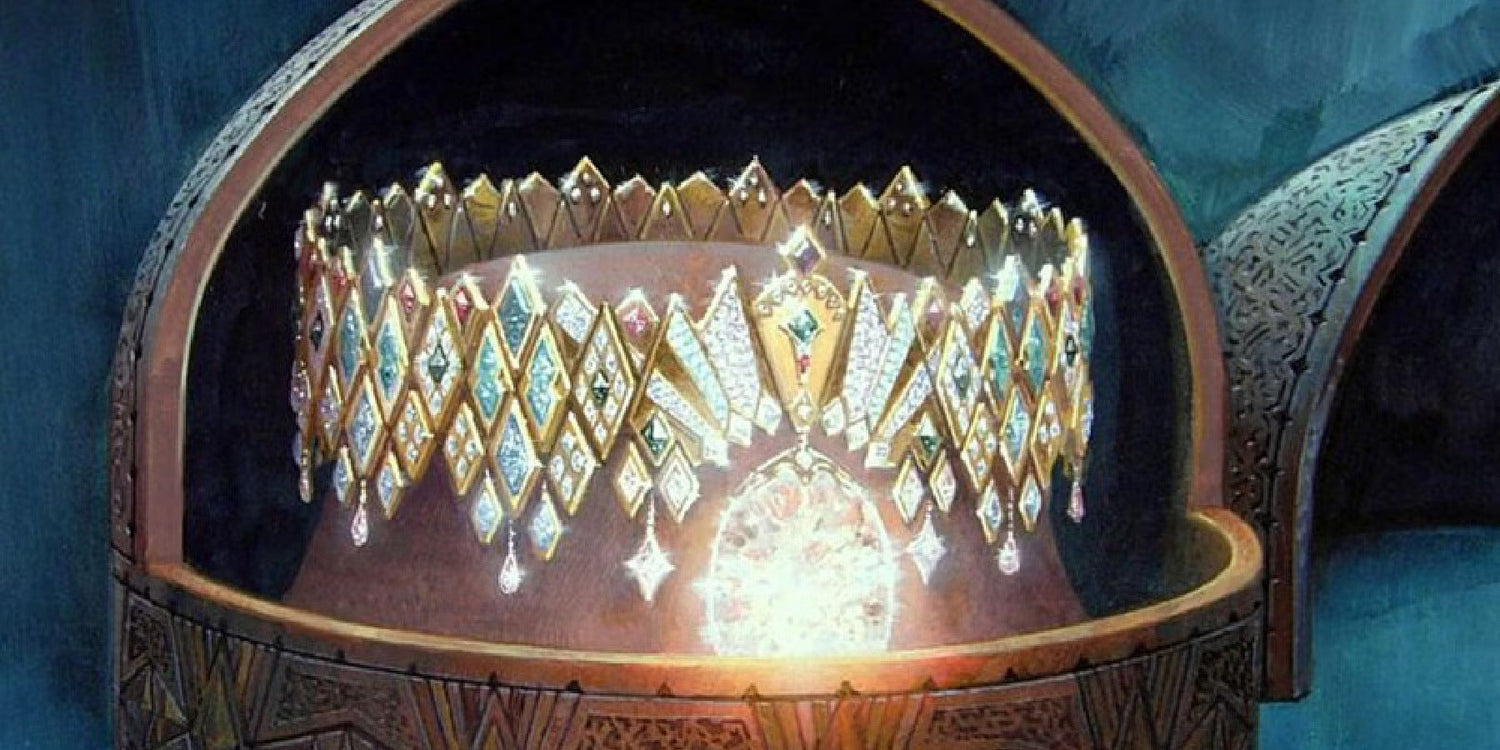


Leave a comment
This site is protected by hCaptcha and the hCaptcha Privacy Policy and Terms of Service apply.